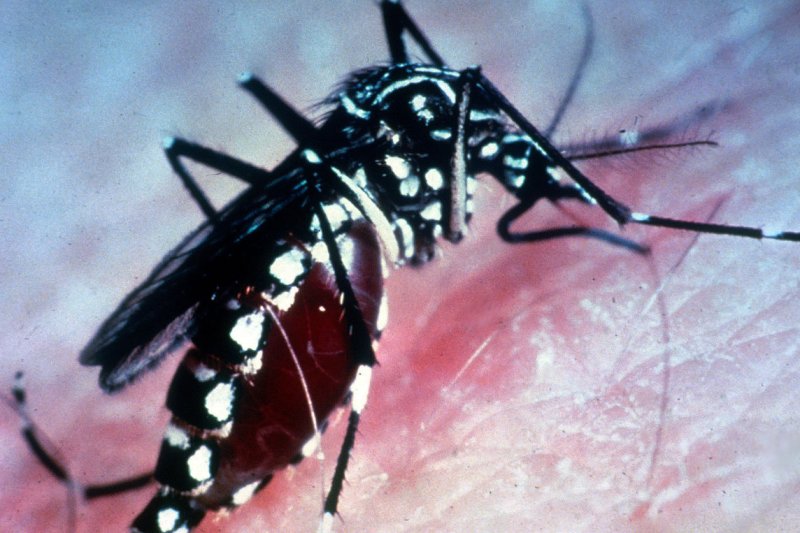WINDHOEK, Namibia, May 14 (UPI) -- In a new study, researchers from the University of Southampton, working with the National Vector-borne Diseases Control Program in Namibia, have demonstrated how mobile phone data helps combat malaria.
The data helps disease researchers and public health officials by giving them a better idea of population movements. When such data is pieced together with information on malaria diagnoses, topography and climate, experts can pinpoint malaria hotspots and act accordingly.















